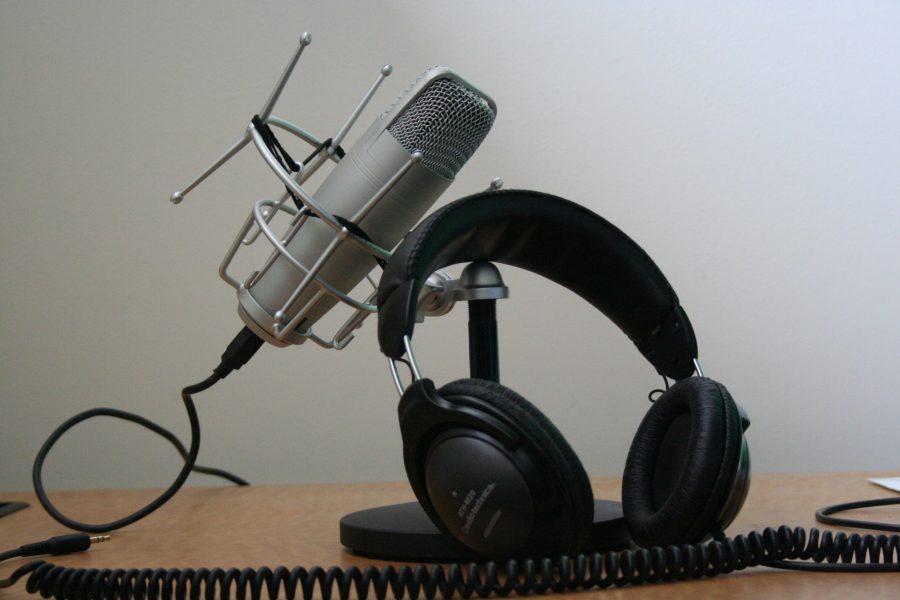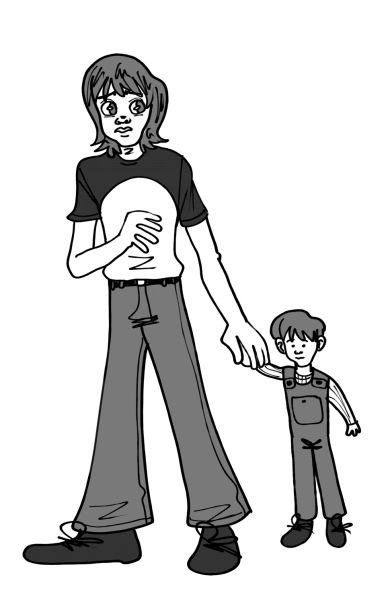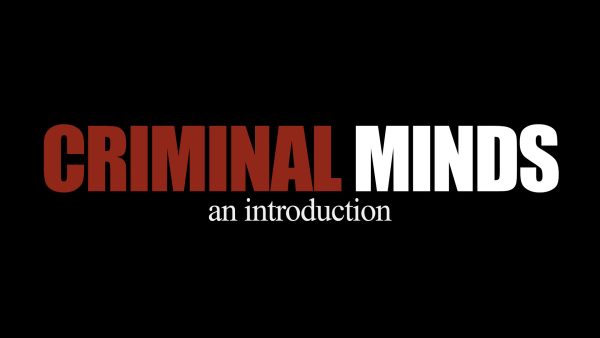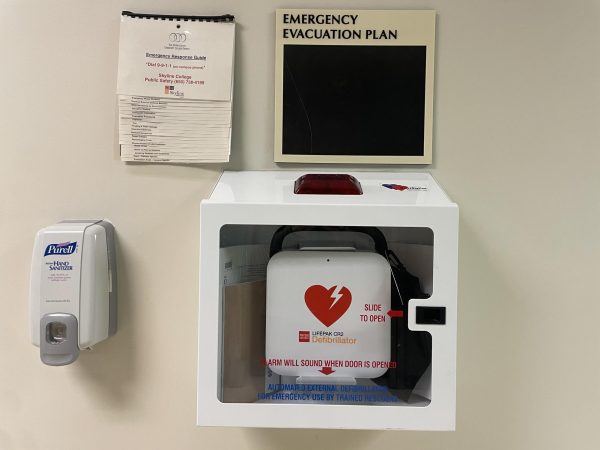How to start your own podcast
How to start your own podcast
Have you ever wanted to have your voice out there, but didn’t want to go all out with fancy cameras, soft lighting, and other high production junk? If so, podcasting may be right for you. It is one of the easiest ways to talk to the rest of the world about any topic, whether it is politics, celebrities, or even video games. Keep in mind that these tips are aimed at weekend podcast hosts and should not be taken as a professional “how-to.”
What do you want to talk about?
Before you buy your equipment, you must know what your podcast is going to be about. The topic can be about anything, as long as you are interested in it. It also wouldn’t hurt to narrow down your topic to a specific niche if possible. Cornering a certain category can garner your podcast a loyal following since they have nowhere to go besides your podcast. It may be hard to find your niche but when you do, it can be very rewarding.
Equipment
Buying equipment can be quite simple since you are a podcasts starter. Audio quality is important but listeners care more about your content, so buying a modest microphone is totally an option. One may use the microphone on their webcam, laptop, or even smartphone to get started. Gaming headphones can be used but the majority of them don’t have quality microphones. Condenser microphones have fantastic audio recording quality, however, you may have to buy separate headphones to monitor your recordings.
For a starter microphone, the Blue Snowball Condenser Microphones deliver good performance with ease of use for under $50. If you have a little more money to spend, Rode’s NT-USB Condenser Microphone is a great upgrade over the former. It is crystal clear and easy to use for $170 on Amazon. It also comes with a desk stand and a pop filter to prevent sharp, popping noises from registering in the recording.
Headphones are also important when it comes to checking your sound quality during recording, as well as editing. However, if you do not have the cash to spend on a shiny, audiophile-grade headset, using any type of headset will do as long as you can clearly hear the sound bites when you are fixing them.
Another piece of equipment that you need to consider is the software on which you would edit your podcast on, assuming that you already have a computer. Luckily, there is an abundance of audio editing software to choose from. Audacity is free and absolutely perfect for you to begin recording and editing. It has everything you need for basic audio tinkering and editing. The best part about Audacity is that it is relatively easy to use. Since Audacity is widely available, there are plenty of written and video tutorials available for people who could use some help. Another option for editing sound clips are video editing programs like Adobe Premiere or Sony VEGAS. These may not be as intensive as dedicated audio editing software but they are more than capable of deleting unwanted “dead air.”
Writing your script and recording
Now that you have your equipment, it is time to start planning and writing your podcast’s format. The easiest way to come up with a format is to put your topics into categories and place time stamps for each of them. For example, if you are doing a gaming podcast, you can put a certain amount of time on press releases from game publishers and the rest of your time can be spent on what games you played during the week.
After you determine your format and topic, it is time to write a script. Writing a script is actually easier than you may think. In each of your categories, write down key points that you would like to discuss and try not to write your full thoughts. Writing your full thought can lead you to being tongue-tied and restricted while recording. After writing your script, write another one with the topics and share it with your partner if you have one.
After everything is set up, it is time to record your very first episode. There are only a few things that you need to remember while recording. First, you have to record in a place where no one can disturb you, or vice versa. Second, position yourself at least 10 inches away from the microphone to get the most optimal audio capture. Anything closer would cause over-exaggerated popping noises unless you have a pop filter. Lastly, talk naturally while discussing your topics. Don’t be afraid to make mistakes as you can get rid of them in post production
Editing
Once you are done recording your episode, it needs to be edited. Long pauses, “umms,” and profanity are common things to edit out. On long pauses, make sure not to cut them too much to ensure natural-sounding conversations. Removing profanity isn’t really required either, it just depends on your show format. If you want to remain professional, cut them out or mute them. “Umms” are probably the trickiest to get rid of since they are close to sound signatures you want to keep. Most of the time you will not be able to get rid of “umms” so only take them out when you can. Otherwise, your recording will sound choppy. Finally, you can upload your podcasts to SoundCloud, YouTube, or your blog.
















